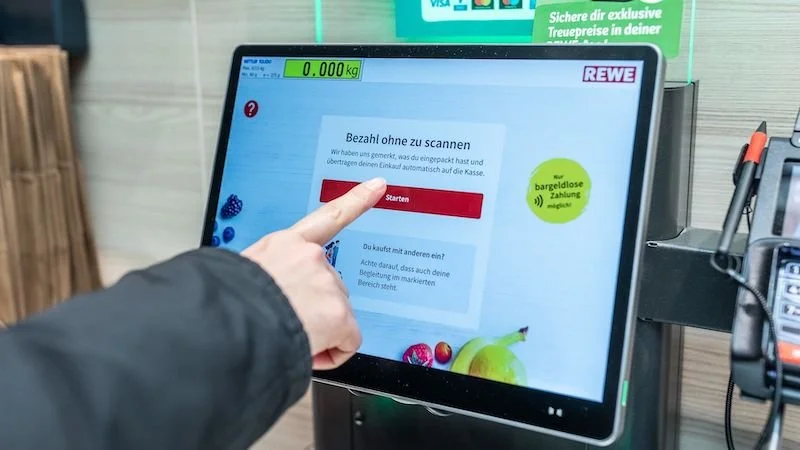The changing demands on retailers with a new mobile generation
Adapting a retail business to mobile systems has long been a part of good practice. Retailers have been expected to consistently keep track of new technology, new trends, and ever evolving processing potential.
A recent change in the mobile market introducing longer lasting systems is challenging these ideas. The implications for retailers can't be ignored and could change the accepted approach to mobile retail business for years to come.
A time of standardisation
Ever since the iPhone popularised the smartphone in 2007, the industry has relied on enormous evolutionary leaps.
Every new generation of systems would take advantage of greater tech advancements, smaller chips, and better potential. As our grasp kept growing so did our reach, until we finally reached a point where what most people have far outweighs what most people need.
Like in the world of fiber internet speed, we’re no longer playing catchup in the landscape of mobile evolution. As we approach the end of Moore’s Law, the mobiles we carry are already far more powerful than we need.
The market has reflected this reality, where year-to-year sales on new systems continue to diminish. People are sticking with older phones longer than ever, and this is only growing more pronounced.
The why
Buying a new smartphone that offers a much faster display, better colours, faster loading, and a higher resolution used to be easily appreciable. We've now reached the point of significant diminishing returns, where these leaps are no longer year-to-year.
Even when big developments occur, they're reaching beyond the point of what most users appreciate. Most rely on their phones for browsing, videos, music, communication, and payment. There aren't any simple ways to enhance these aspects to provide real advantages, and mobile developers understand that.
While smaller mobiles like the Fairphone have embraced this concept for years, big names like Google are also following suit. Google states it will stock Pixel 8 spare parts for seven years, meaning a reduced risk of obsolescence through damage.
With all that said, why is this important for retailers?
The importance of a consistent standard in retail
Finding success in retail requires being in a constant state of adaption. Each new season and each new release requires a business to update its approach, and this has long been exhausting in the mobile space.
Some retailers have attempted to keep up by constantly and expensively updating their digital systems. Others have grown tired of the chase, instead choosing to fall a little behind rather than constantly invest in a new environment that will soon need another change.
With mobiles now embracing a longer-lasting standard, all retailers have the opportunity to sit back, take a breath, and invest in an increasingly settled form of design.
As mobiles are being designed to last longer, the odds of sweeping changes consistently requiring overhauls of digital systems are reduced. In other words, it’s time for a new mobile foundation of design to become normalised, embraced, and implemented.
Updating to the new normal
In practice, updating to a new standard means understanding the baseline of the next generation of phone design. To adapt to what is required, look at the technologies and systems used by forward thinking in different industries, and see what might be adapted to your retailer.
A common way this is illustrated in physical retailers is through QR codes which can be used to access store layout and stock information.
A simple scanned QR could both give a user access to in-store free Wi-Fi and provide direction to exactly what customers are looking for. This frees up employees, and since most customers prefer to look for themselves and not be guided, it's a win-win.
Advancements in payment systems could be seen in how pay-by-mobile casino sites operate. These services like Mr Q and Vegas Paradise don't just rely on traditional credit card and bank payments, they also take a forward-thinking approach in letting players pay by phone bill.
This provides the same level of access to games, free spins, and deposit matches, with the addition of greater choice for the user. In retail, the same could be said for adapting mobile methods like Google or Apple Pay, if your business hasn't done so already.
Slowing down the rate of evolution of retailers doesn’t mean ignoring innovation, as retail technology shows will always find ways to provide something helpful and unexpected. What it means is that retailers can’t hold onto excuses of no longer updating their systems and tech to new mobile standards.
The frameworks set today are likely to be the basis for well into the next decade, and it’s time to catch up. Don’t worry, with how far the tools have come, making changes is easier than even the most technophobic might think.

















Continue reading…